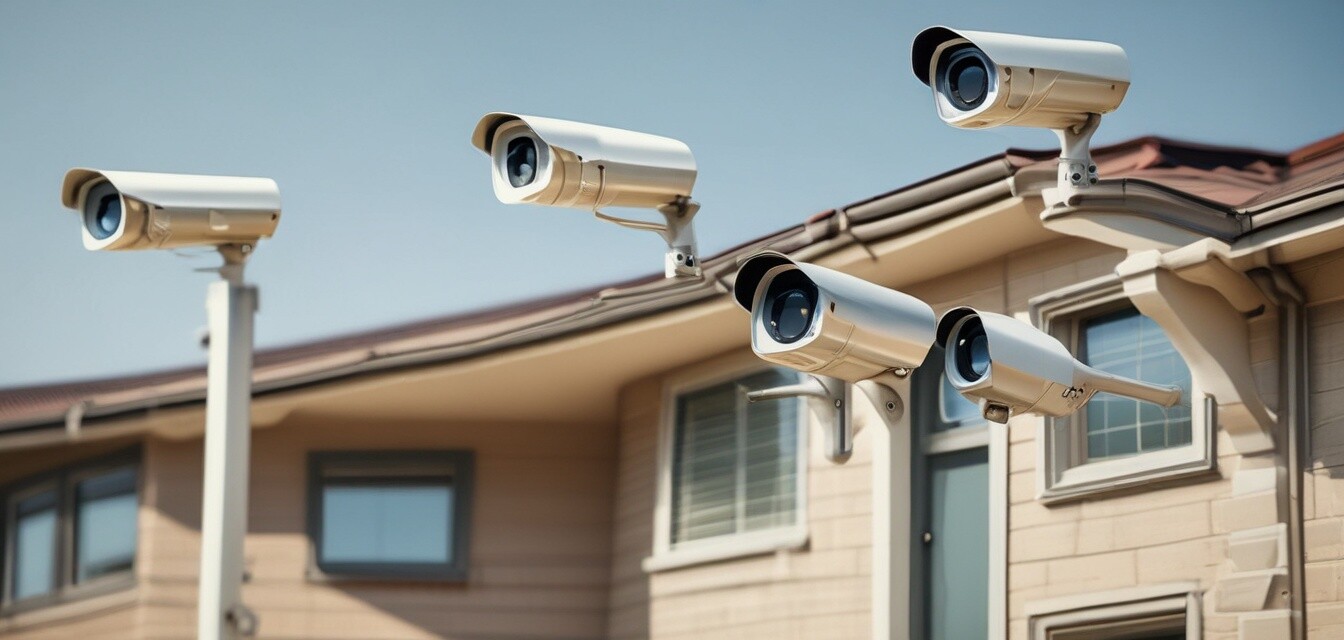
How to Upgrade Your Old Security System
- Evaluate your current security system's effectiveness.
- Research the latest technology like smart cameras and motion detectors.
- Understand your home layout to optimize camera placement.
- Consider a DIY installation for cost savings.
- Always remain within budget while ensuring quality.
Are you still relying on an outdated security system to protect your home? As technology advances, so do the techniques used by burglars. Upgrading your security system not only enhances your peace of mind but also adapts to modern threats. In this article, we will explore actionable tips and strategies to help you refresh your home security.
Why Upgrade Your Old Security System?
Old security systems lack many functionalities present in modern systems. Here are some compelling reasons to consider an upgrade:
- Enhanced Monitoring: Real-time alerts and live feeds.
- Improved Image Quality: High-definition cameras provide better evidence.
- Smart Home Integration: Link with other smart devices.
- Remote Access: Control your system from anywhere via smartphone apps.
Assessing Your Current Security System
The first step in upgrading is to evaluate your existing setup. Here’s what you should consider:
| Current Feature | Modern Equivalent | Benefits of Upgrade |
|---|---|---|
| Analog Cameras | HD or 4K Cameras | Clearer images, better identification of intruders |
| No Remote Access | Smartphone Control | Access and manage your system from anywhere |
| Basic Motion Sensors | Smart Motion Detection | Reduces false alarms, alerts for human movement only |
Latest Technologies for Home Security
When upgrading your security system, consider integrating these current technologies:
- Smart Doorbell Cameras: Monitor entrances with 2-way audio.
- Solar-Powered Cameras: Eco-friendly and cost-efficient.
- Wireless Systems: Flexible installation without the need for wires.
- Smart Alarms: Systems that can integrate with your phone for alerts.
Choosing the Right Security Cameras
Selecting the perfect security camera is crucial. Here are factors to evaluate:
- Resolution: Higher resolution provides better image clarity.
- Night Vision: Ensure you can monitor areas in low light conditions.
- Field of View: Cameras with wider lenses cover more area.
- Audio Capability: Listen to and talk with anyone on your property.
Installation: DIY vs. Professional
When it comes to installation, you have two options: DIY or professional installation. Consider these factors:
Pros of DIY Installation
- Cost savings on labor fees.
- Flexibility to install at your own pace.
- Opportunity to learn more about your security system.
Cons of DIY Installation
- May lack the trustworthiness of professional input.
- Potential for installation errors affecting security.
- Emergency support may not be readily available.
Budgeting for Your Upgrade
Upgrading your security system doesn't have to break the bank. Here are tips to budget effectively:
- Set a budget range before shopping.
- Look for bundle deals for cameras and alarms.
- Consider financing options if available.
- Choose products with good warranties to avoid future costs.
Key Takeaways
- Evaluate your current system for necessary upgrades.
- Incorporate the latest technology for enhanced protection.
- Plan your installation based on your skill level and resources.
- Stay within budget while meeting security needs.
Next Steps
Ready to enhance your home security? Explore our page on Security Alarms & Sensors and begin selecting the best products tailored to your home’s unique needs. Don’t forget to check out our Home Security Buying Guides for detailed insights on various security systems!
